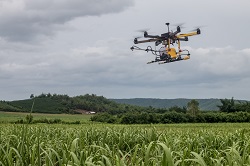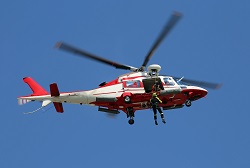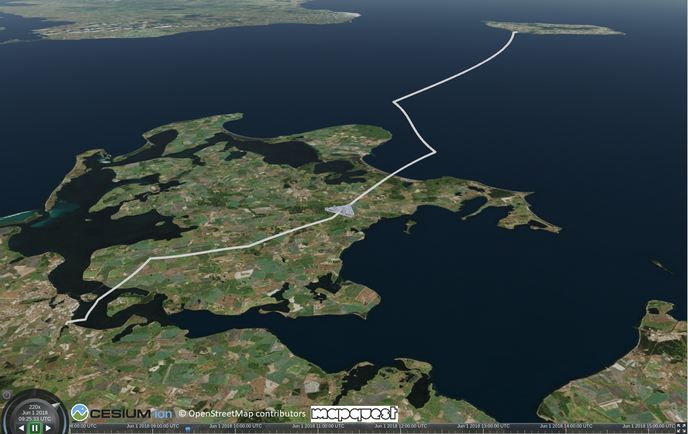Longer flights for drones may see unmanned aerial taxis emerge
Drones are remotely piloted aircraft, also known as unmanned aerial vehicles (UAVs). They can perform many of the same tasks as normally piloted aircraft, especially camera and parcel delivery applications, although at a fraction of the cost. The machines’ usefulness, combined with a recent relaxation of European and American regulations concerning their operation, has led to a tremendous increase in popularity. By 2020, the drone market will have expanded tenfold from its 2016 size. Nevertheless, certain key limitations remain. In particular, today’s electric industrial-class drones are limited to 2 hours of flight time. This restricts expansion of drones further into transport applications. A main problem is battery life. Longer flights The EU-funded QLEX Creo(opens in new window) project (comprised of a single member, QLEX) developed a winged drone called Creo. It can fly for 2-3 times as long as competitors, giving an effective range of 250+ km. Longer flights mean more data collected but reduced costs, since fewer operator stations will be required. The project’s achievements stem from patented developments in aerodynamics, aircraft architecture and propulsion systems. The drone is highly energy efficient. This comes partly from the use of lithium-ion batteries, as used in electric cars and laptop computers, which are reliable and provide a high energy density. The current 2.45-metre wingspan model weights 6.7 kg including a payload of up to 1.5kg. The aircraft is capable of vertical take-off and landing, and reaches speeds from 50–130 km/h. Many applications Creo is primarily intended for delivery applications, specifically medical samples and supplies. Hence, the project team had originally planned an autonomous 120-km return test flight between Helgoland, a German island in the North Sea, and Cuxhaven, one of the closest mainland points to the island. “This could not be done yet due to the regulations and extensive bureaucratic work involved,” says project leader Immo Weidner. Aside from deliveries, Creo will also enable many optical applications, including photogrammetric measurements for countless industries such as renaturation of swamps (natural CO2 storage), precision farming, search and rescue, border control, and surveillance. In addition to technical development, the project assessed the Creo’s commercial potential via an in-depth market analysis. Researchers created a regulations database for many target markets, and laid the foundation for European Aviation Safety Agency certification. Next, the team is planning to broaden its market niche via an updated model with improved technology and payload capabilities. “Our long-term goal is to maintain our lead position in the efficient UAV business,” says Weidner, “and to transfer this to other sectors maybe including airborne taxis. We see an enormous commercial, ecological and social potential.” Analysts describe the drone market as “ballooning” and “bullish”, and predict that by 2025 around 2.6 million commercial-grade drones will be sold annually. Global revenue from such sales is expected to reach EUR 5.6 billion by the end of 2020. With the EU’s help, QLEX Creo will be ahead of the pack.







